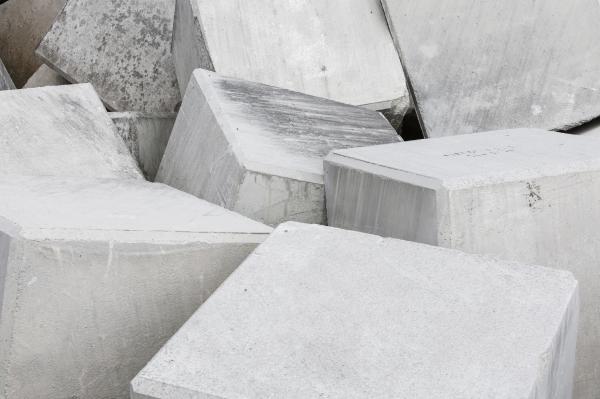Completed NRP 73 research project: Resource policies and business strategies in the building industry
13.09.2022
False incentives are impeding building-material recycling
Switzerland is not rich in raw materials. The raw materials extracted within the country are primarily mineral construction materials such as gravel. It has not yet been possible to close the construction material cycle because the volume of construction waste being produced is significantly lower than demand for materials for new-builds. At the same time, construction waste and excavation spoil from new-builds account for by far the biggest proportion of the waste. Although just under 80 per cent of recovered construction waste makes its way back into the construction sector as secondary raw materials, it only meets around 18 percent of the persistently high demand for construction materials.
The current volume ratio of construction waste to building material demand noticeably simplifies recycling because there are plenty of undemanding applications for recycled construction waste like lean concrete. But if, in the future, secondary building materials have to meet more rigorous requirements so that they can replace primary raw materials in demanding construction applications, this will raise a series of new technical and economic challenges.
Construction waste will have to be collected, sorted and reprocessed in such a way that it can be used for higher-grade applications or on an equal footing with primary raw materials. That means that we need more sophisticated technical solutions – and that it has to be worthwhile to invest in such solutions. As yet, there are still too few economic incentives to do so.
We investigated how regulations and incentives could more effectively encourage the process of transformation in the construction sector, and so we highlight action areas for municipalities, Cantons and the Confederation as well as ways in which measures in various policy fields could be coordinated. One approach from the spatial planning sector is to increase the appeal of secondary construction materials by reducing the availability of landfill sites for mineral construction waste while creating additional storage options for clean spoil. The early introduction of a recycling fee could also give developers an incentive to replace primary gravel with secondary materials.
The various players in the Swiss construction sector – and the construction materials industry in particular – must now adopt a forward-looking mindset and approach as a way of promoting recycling in construction.
- Meglin, Ronny; Kytzia, Susanne; Habert, Guillaume (2022). Uncertainty, variability, price changes and their implications on a regional building materials industry: The case of Swiss canton Argovia. ScienceDirect.
- Kliem, Daniel, Scheidegger, Alexander, Kopainsky, Birgit (2021). Closing the mineral construction material cylce – An enogenous perspective on barriers in transition. Resources, Conservation and Recycling 175 (2021), p. 105859.
- Meglin, Ronny, Kytzia, Susanne, Habert, Guillaume, (2021). Regional circular economy of building materials: Environmental and economic assessment combining Material Flow Analysis, Input-Output Analysis, and Life Cycle Assessment. Journal of Industrial Ecology.

Prof. Dr. Susanne Kytzia
Institut für Bau und Umwelt
Ostschweizer Fachhochschule
+41 55 222 49 17
skytzia@ost.ch
